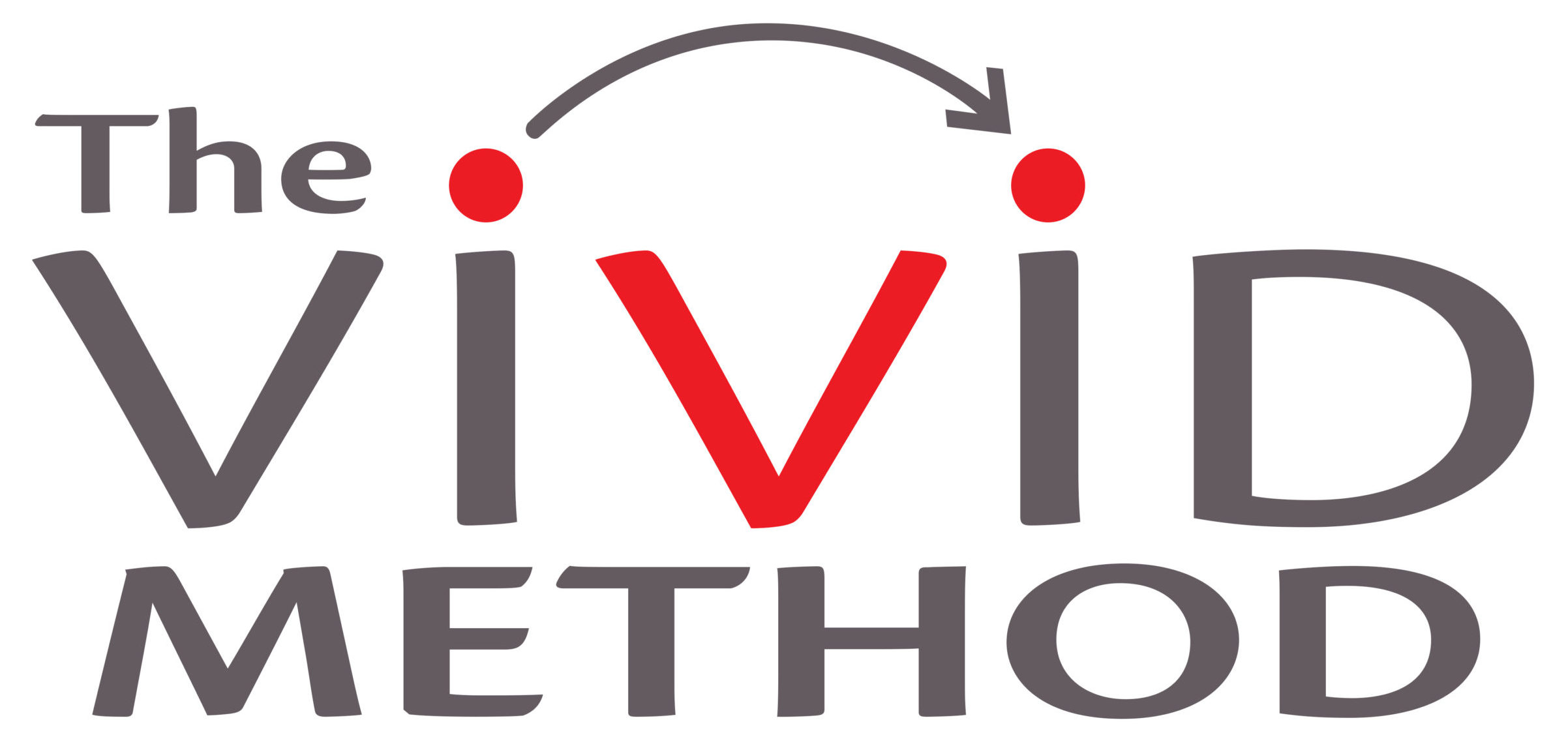Don’t try too hard. Less effort, better speaking results
 Over-efforting is an interesting principle.
Over-efforting is an interesting principle.
Many of us have been taught the ‘no pain, no gain’ philosophy but, in many situations, the more pressure we apply, the more resistance we experience. When sportspeople are tense, they wear their bodies out faster. Tennis champ Roger Federer is an example of using a minimum amount of effort to achieve great power.
Give up the stress early!
Imagine a speaker making a series of mistakes on stage. As the first setbacks occur, the pressure builds inside them. They become increasingly stressed and things get worse. They’re stumbling over words, losing concentration, their self-consciousness is increasing; it gets so bad, it’s laughable. Then the speaker stops, gives up their attempt to fight the inevitable, and smiles. “Let’s try that again!” From there, it all goes well.
So when we stop fighting the anxiety, the presentation gets better – using a fraction of the effort.
Countervailing forces create speaking anxiety
There’s an old fable about an exchange between the wind and the sun. The wind spots a man on the street wearing a coat, and declares, “I have so much power that I’ll blow that coat right off him!”
But the more the wind blows, the tighter the man clings to his coat. Eventually, the wind gives up and allows the sun to shine through, and the man takes off his coat voluntarily.
Corny story? Maybe. But this principle can be applied to presenting. I’ve known people who really care about their presentation and try really hard; but as a result, they are tense, not thinking clearly and exhausted before they finish. Trying too hard reduces natural presence. These strange countervailing forces can drain as much energy as you put forward. There is a balance to be found.
Don’t ‘make’ a presentation, just explain…
When I’m coaching a client, I often suggest they ‘not bother making a presentation’, but instead simply read their notes to get a feel for the structure. The result is often a dramatic improvement because they are not trying. The client feels relief and elation as they recognize reduced effort produces a better result.
Why is this? Our natural energy for the subject is released, and we are free to help our audience understand the idea.
So don’t wear yourself out fighting countervailing forces; it’s not a battle. It’s a process. And the Vivid Method shows you the way. Identify your key message, sort your information into an outline and direct your attention to explaining your ideas.
Also…
- Consider researching the Alexander Technique and the Buteyko Method (for managing asthma) for interesting examples of getting better results with less effort.
- Check out my the blog post ‘The lost art of the Presentation Outline.’
- Look at SpeechOutline.com for a simple, automated way to create a presentation outline.
